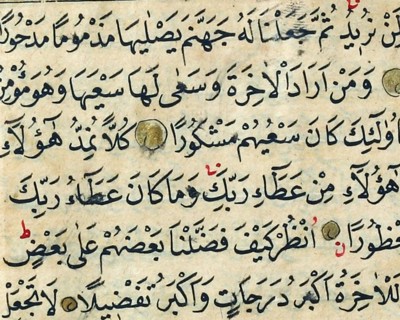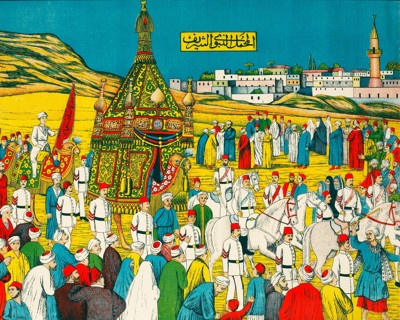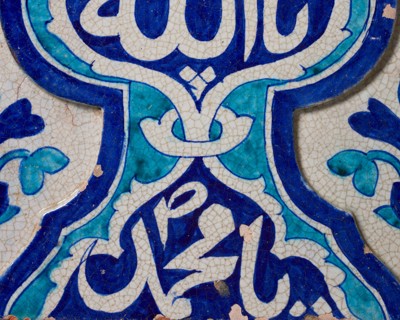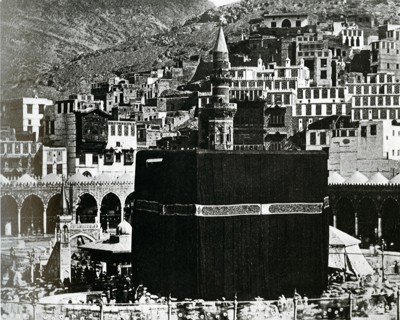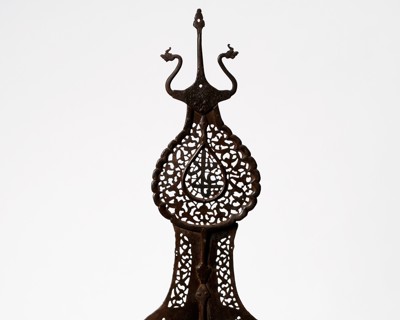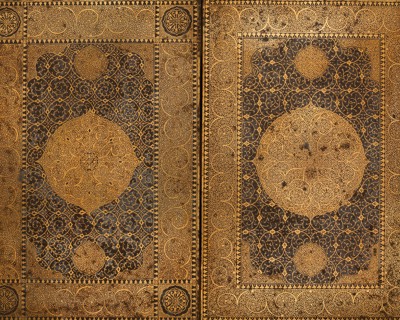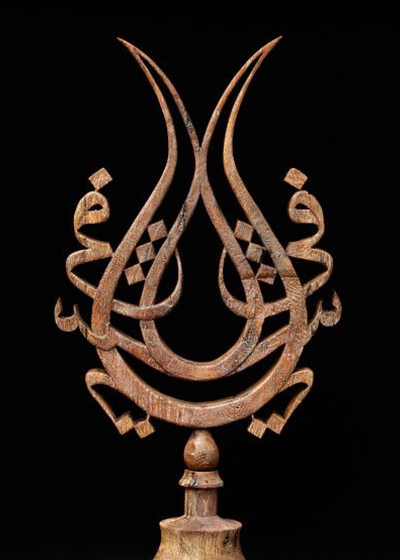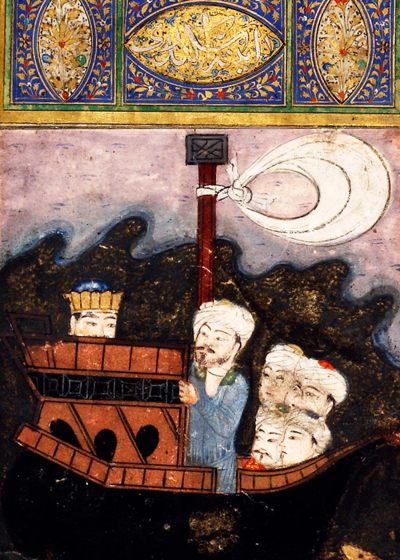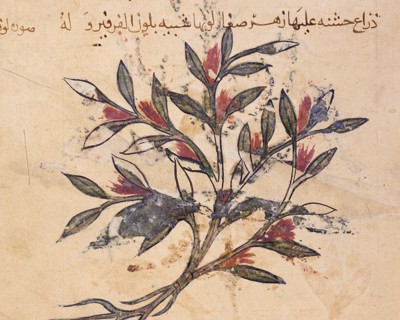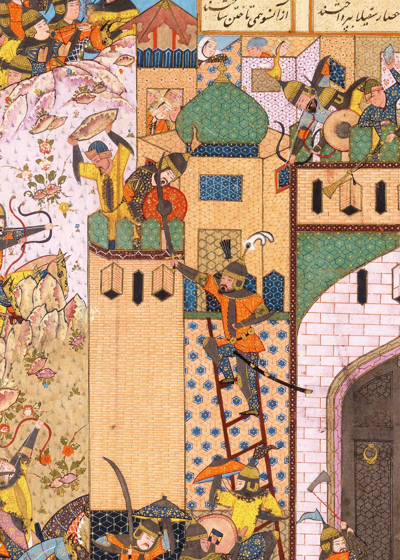Mechanics, Astronomy, and Astrology
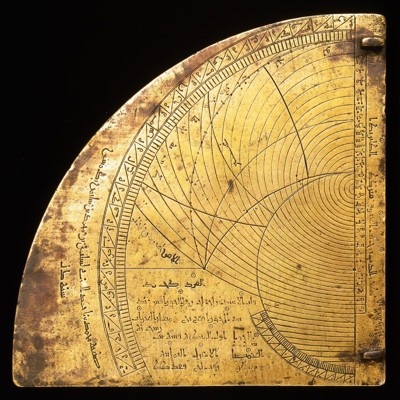
Quadrants, astrolabes, and compasses
Engineering work and mechanics played a central role in the early Islamic world, both on a practical level and as entertainment. While the technological development of water mills and war materiel produced concrete economic progress, fine mechanics was often used to highlight the importance of local rulers.
Many documents from the Middle Ages show the courts’ interest in mechanics. There are detailed descriptions from Andalusia and Syria about “water clocks” (monumental clocks powered by water) with royal sponsors. We have drawings of curious inventions by the legendary scientist al-Jazari from Diyarbakir (1136-1206) of royal music machines, complex combination locks, and robots that could pour wine.
Scientific instruments, such as quadrants, astrolabes, and compasses, were especially prized. Tools of this kind were not only an expression of craftsmanly ingenuity; they could also calculate the time and precise distances for astronomers, seafarers, and pilgrims on their way to Mecca. This is the group of objects that often displays an especially successful fusion of decoration and function.
Interest in science flourished especially from the 9th to the 13th century in Islamic cities. In the capital of Baghdad, the caliph al-Mamun (813-833) founded the House of Wisdom, and treatises from earlier ages about everything from mathematics to poetry were translated systematically into Arabic. It was also in this period that we find the later so influential writings of two famous Persian thinkers, al-Razi (865-925) and Ibn Sina (980-1037) – known in the west as Rhazes and Avicenna.
Astronomy and astrology enjoyed the special interest of princes and the population as a whole. The court astronomers transcribed and further developed the Antique Greeks’ knowledge of trigonometry and the movement of the planets. Parallel with this work, a profound fascination emerged with astrology, or at least with its images. Innumerable art objects from the Islamic cultural sphere reflect this popular enthusiasm for the world of astrology.
The dichotomy between the Islamic doctrine of God’s omnipotence and the widespread interest in the natural sciences, philosophy, and mysticism could not help but lead to conflicts. Nonetheless, what could be called the “scientific golden age” of the Islamic world lasted right to the end of the 13th century. In later ages, Muslim men of learning were more interested in legal and religious studies than in the teachings of the ancient Greeks and the exact sciences.
